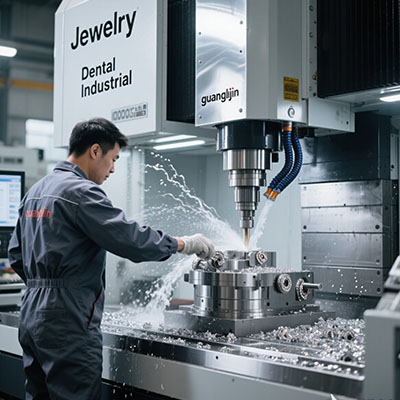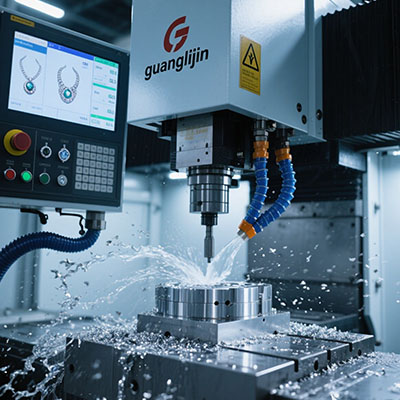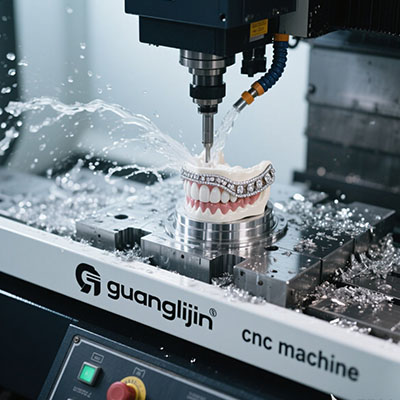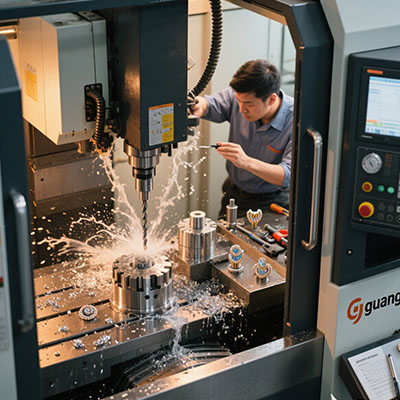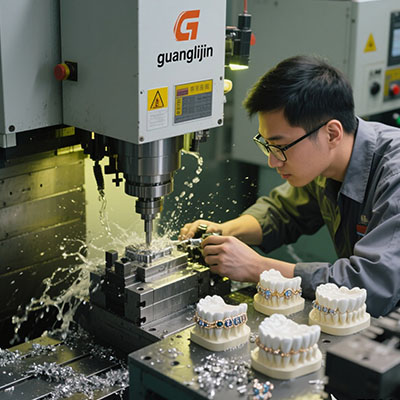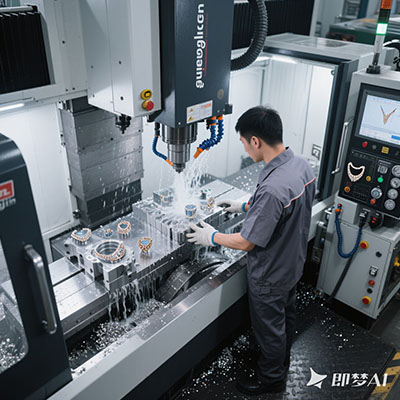How Precision CNC Machining Ensures Aerospace-Grade Quality?
The Sky-High Standards of Aerospace Manufacturing
A single turbine blade in a jet engine withstands 15,000 RPM while maintaining micron-level clearances. This demands precision CNC machining capabilities that go beyond typical industrial requirements.
In our 2025 project for satellite components, we found that surface roughness below Ra 0.2μm reduced friction by 18% compared to standard parts. That’s why aerospace CNC machining often uses diamond-tipped tools.
Aerospace vs Automotive CNC Standards
| Parameter | Aerospace Grade | Automotive Grade |
|---|---|---|
| Tolerance | ±0.0005″ | ±0.005″ |
| Surface Finish | Ra 0.1-0.4μm | Ra 1.6-3.2μm |
| Material Certification | AMS/NADCAP | ASTM/SAE |
5 Critical Steps in Aerospace CNC Workflow
- Material Validation: Verify alloy composition with XRF analyzers
- Thermal Stabilization: Pre-heat aluminum to 150°F to prevent warping
- Micro-Tooling: Use ≤0.5mm end mills for intricate features
- In-Process Metrology: Laser scanning every 5th part
- Cryogenic Deburring: -320°F treatment eliminates microscopic burrs
Interestingly, step 2 is often skipped in non-aerospace jobs. But according to Boeing’s 2023 machining guidelines, thermal stabilization reduces dimensional variance by 37%.
Costly Mistakes in Aircraft Part Machining
⚠ Warning: Never compromise on tool life monitoring. Worn tools cause 62% of surface defects in titanium components (Airbus 2024 audit).
Other critical oversights include:
- Ignoring residual stress relief cycles
- Using coolant at wrong viscosity
- Skipping first-article inspection
Here’s the kicker – we helped a drone manufacturer cut rejection rates from 12% to 0.8% just by adding vibration damping to their CNC setup.
Why CNC Outperforms Additive Manufacturing for Flight Components
While 3D printing gets headlines, precision CNC machining delivers superior fatigue resistance. Machined aluminum 7075-T651 lasts 3-5x longer than printed equivalents under cyclic loads.
The FAA’s 2024 Materials Report shows 89% of structural airframe parts still use subtractive manufacturing. Why? Because CNC offers better crystalline structure control in high-stress areas.
Take wing spar attachments – they require grain flow alignment that only CNC can consistently achieve.
Aerospace Machining Quality Checklist
✅ AS9100 Rev D compliance
✅ Material traceability documents
✅ Surface roughness measurements
✅ Stress relief certification
✅ Eddy current testing results
Pro tip: Always request NADCAP certification for mission-critical components like landing gear parts.
Frequently Asked Questions
What tolerances can aerospace precision CNC machining achieve?
For flight-critical components, ±0.0002″ (5μm) is achievable with high-end 5-axis CNC machines and proper thermal control.
How does CNC machining compare to EDM for aerospace titanium parts?
CNC provides better surface integrity (no recast layer) but EDM wins for complex internal geometries. Many shops use both – CNC for bulk material removal, EDM for final detailing.
What’s the average lead time for aerospace CNC machining services?
Typically 4-8 weeks including all QA steps. Expedited 2-week turnaround adds 40-60% cost premium due to prioritized metallurgical testing.
Which CNC machines are best for aluminum aerospace components?
5-axis Makino a81nx or DMG MORI CMX 50U with high-speed spindles (20,000+ RPM) and through-spindle coolant.
